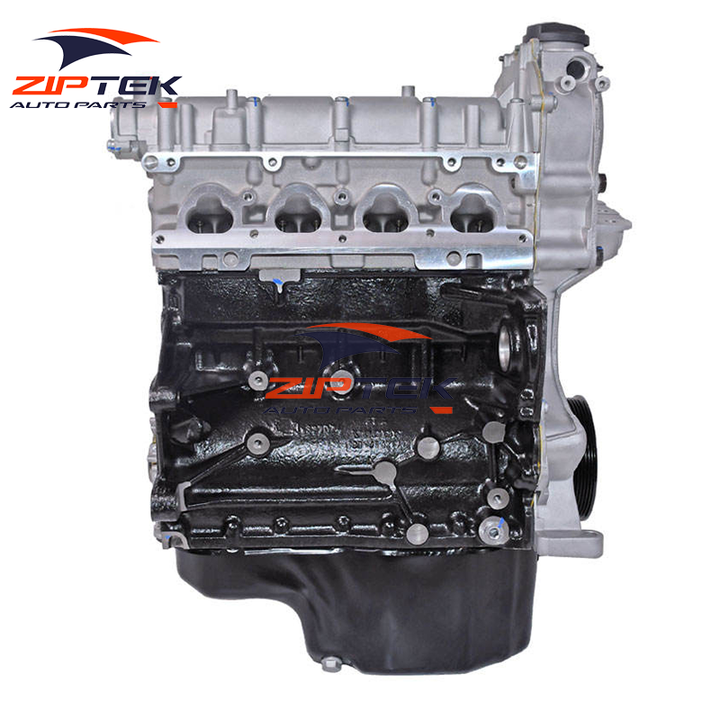Ensure consistent power with a high-performance clp engine.
Ensure consistent power with a high-performance clp engine.
Blog Article
How a Clp Engine Can Improve Efficiency in Various Industries
The arrival of CLP engines marks a considerable shift in operational effectiveness across numerous industries, driven by their ability to maximize gas consumption and reduce downtime. As companies significantly focus on sustainability along with efficiency, the role of CLP engines ends up being even much more crucial.
Introduction of CLP Engines
CLP engines, or Constant Liquid Propellant engines, represent a substantial innovation in propulsion technology, particularly for area applications. These engines use a continuous feed system that permits the continual expulsion of propellant, causing improved efficiency and efficiency compared to traditional strong or hybrid propulsion systems. By keeping a continuous flow of fluid propellant, CLP engines can accomplish more specific thrust control, which is essential for steering spacecraft in numerous goal situations.
The design of CLP engines incorporates advanced products and innovative gas management systems. clp engine. This causes minimized weight and boosted reliability, crucial elements for long-duration room objectives. The continuous procedure minimizes the danger of burning instability, a common difficulty in standard rocket engines.

Benefits in Manufacturing
The manufacturing of Continual Fluid Propellant (CLP) engines provides a number of noteworthy advantages that enhance both efficiency and cost-effectiveness. One of the main benefits is the streamlined manufacturing procedure, which decreases the complexity connected with typical propulsion systems. By making use of fluid propellant, producers can accomplish better accuracy in engine performance, leading to maximized energy output and reduced waste.
Furthermore, CLP engines help with a greater level of modularity, permitting much easier combination right into different manufacturing lines. This flexibility can significantly decrease preparations and enhance total operational adaptability. The usage of CLP technology additionally has a tendency to minimize the requirement for comprehensive upkeep because of less moving components, which equates right into minimized downtime and functional expenses.

Applications in Logistics
Leveraging Continuous Liquid Propellant (CLP) engines in logistics provides significant advantages in operational efficiency and reliability. These engines offer a robust service for various transportation needs, enabling the smooth activity of items throughout huge distances. The fundamental design of CLP engines enables regular power result, which converts into smoother and much more predictable transport timetables.
Among the vital applications of CLP engines in logistics remains in durable freight transport, where they can drive both ground and airborne automobiles. Their capability to maintain high efficiency under differing load problems ensures that shipment timelines are met, thereby boosting client fulfillment. Furthermore, CLP engines can be integrated right into automated logistics systems, helping with these details real-time tracking and optimizing course preparation.
Furthermore, the sturdiness of CLP engines decreases upkeep downtime, enabling logistics companies to optimize their operational capacities. This is particularly helpful in warehousing procedures, where effectiveness in handling and moving products is critical. As logistics remains to evolve, the combination of CLP engines represents a forward-thinking technique that not only enhances performance yet also sustains the industry's growing needs for reliability and rate.
Influence On Power Performance
How do Continuous Fluid Propellant (CLP) engines enhance energy performance in transportation? CLP engines use a regular flow of liquid gas, maximizing combustion processes and preserving a stable drive output. This design reduces power losses connected with standard burning engines, where fuel distribution can differ and cause inadequacies.
The continuous operation of CLP engines enables for an extra reliable thermal cycle, resulting in higher particular impulse contrasted to standard engines. clp engine. This translates to decreased fuel intake for the same amount of work done, substantially decreasing functional prices across various transportation markets, consisting of air travel and maritime sectors
In addition, the capacity of CLP engines to keep optimum efficiency under varying tons problems minimizes the demand for constant velocity and slowdown, additionally improving fuel effectiveness. Enhanced energy performance not just adds to set you back savings however also results in lower greenhouse gas emissions, aligning with international sustainability objectives.
Future Trends and Innovations
Arising improvements in Constant Liquid Propellant (CLP) engine technology promise to revolutionize the landscape of transport performance and sustainability. As markets pivot toward greener alternatives, CLP engines stand at the center, integrating innovative materials and layout methods that improve performance while decreasing ecological effect.
One of one of the most appealing trends is the adoption of hybrid systems that combine CLP engines with eco-friendly energy resources. This harmony can optimize gas usage and reduce exhausts, lining up with global sustainability objectives. Advancements in computational liquid dynamics (CFD) are promoting the Discover More Here style of more aerodynamically effective engines, leading to reduced drag and enhanced gas effectiveness.
In addition, the advancement of clever surveillance systems is readied to improve functional efficiencies. These systems utilize data analytics and IoT innovation to enhance engine performance in real-time, making sure that the engines run within their most efficient criteria.
As research continues to discover alternative propellant formulas-- such as biofuels and artificial gas-- the future of CLP engines looks promising. By taking advantage of these technologies, industries can not only boost their performance however likewise add significantly to a cleaner, a lot more lasting future in transport.
Conclusion
In conclusion, CLP engines represent a substantial development Our site in performance throughout several markets. The integration of innovative materials and less relocating parts reduces maintenance needs, while placement with sustainability objectives positions CLP engines as an essential modern technology for the future.
Report this page